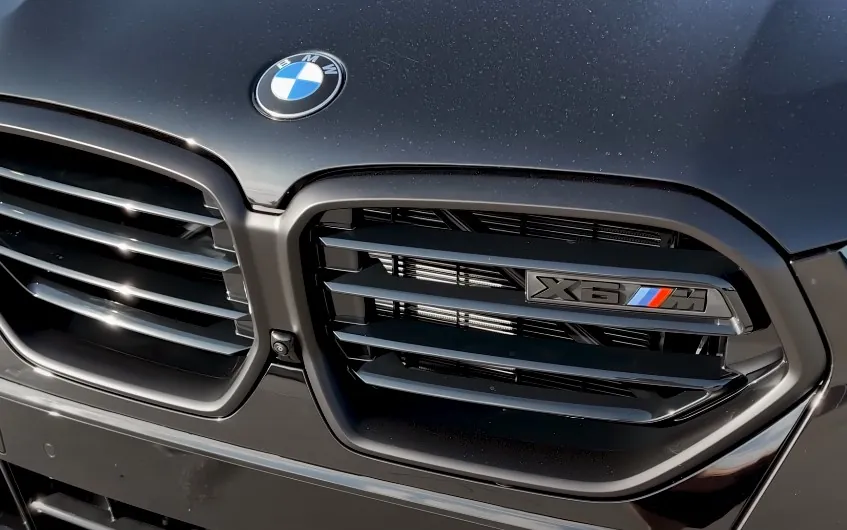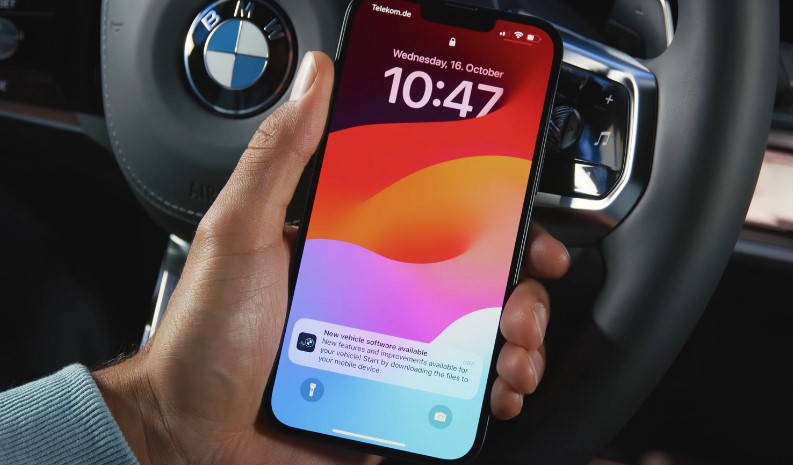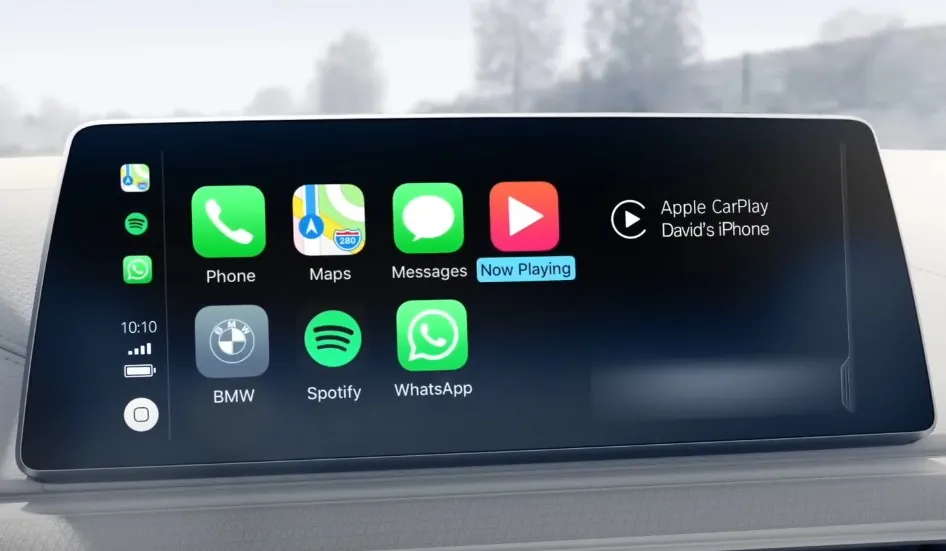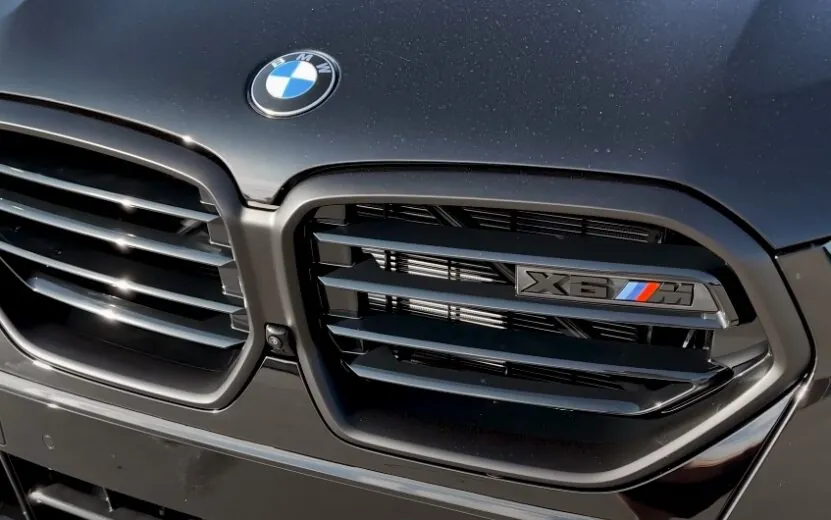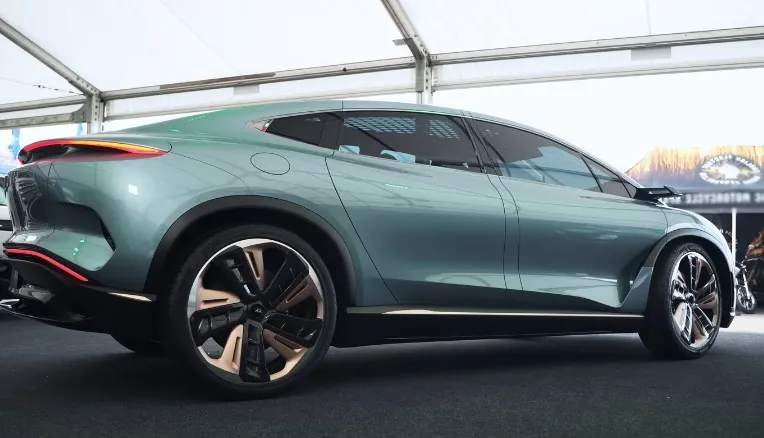
Share Post:
In 2025, car design is hitting a turning point—where beauty meets purpose, and aesthetics are increasingly dictated by tech and sustainability. The changes aren’t subtle, either. You don’t have to be a gearhead to notice that today’s vehicles look dramatically different from those a decade ago.
It’s not just about bold headlights or flashy grilles anymore. What’s reshaping the car world now runs much deeper: electrification, connectivity, autonomous tech, and material innovation are all converging to rewrite the playbook.
If you’re someone who pays attention to how vehicles evolve—or you’re just wondering why cars are suddenly so curvy, minimalistic, or packed with massive touchscreens—you’re not imagining it.
Let’s break down the biggest design trends shaping the way cars look, feel, and function in 2025.
Electrification Is Reshaping the Car Body
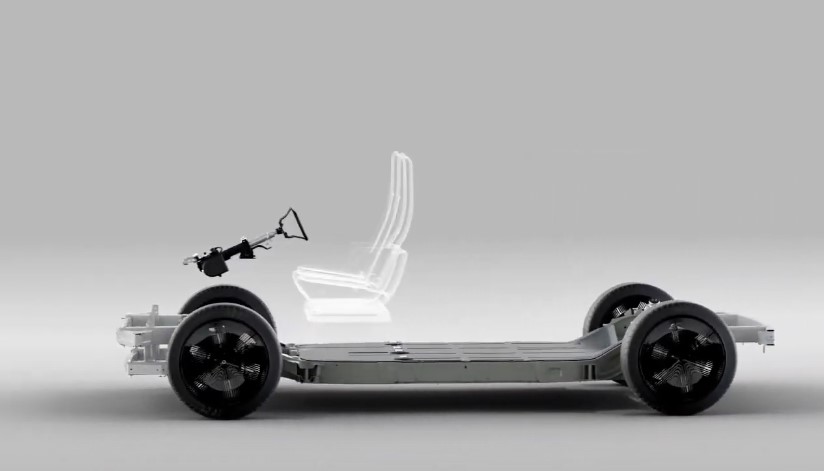
When the internal combustion engine (ICE) defined the car’s architecture, designers worked around bulky mechanical components: driveshafts, exhaust systems, transmissions. Now, with electric vehicles (EVs), that layout is being completely rethought.
EV batteries typically sit flat under the floor, creating a “skateboard” platform. The benefits? Lower center of gravity, more cabin space, and a stable ride. Take the Aehra Sedan, for example—its ultra-low profile and stretched silhouette aren’t just for show. The car achieves a staggering 497-mile range, partly because of its aerodynamic design.
It’s not alone. The Aehra SUV keeps the same philosophy, blending sleek lines with coupé-like curves despite offering extra interior room for taller passengers. Aerodynamics have become more than a styling choice—they’re now directly tied to performance and range.
Quick Stat Check
- EV market value in 2025: $393.42 billion, expected to grow at 22.69% CAGR through 2034 (StartUs Insights).
- China leads with 7% of the global EV share, followed by Europe (20.4%) and the U.S. (11.2%).
Expect to see fewer sharp creases and boxy shapes. Efficiency is now king—and smoother surfaces help squeeze every mile from a battery.
Performance Meets Luxury, Electrically

Performance hasn’t gone away—it’s just changed form. In the past, we associated it with roaring engines and manual gearboxes. Now? Silent acceleration and seamless torque delivery rule the road.
Electric powertrains are letting carmakers rethink luxury performance. Alfa Romeo’s all-electric Giulia, boasting up to 1000bhp, merges raw power with the brand’s racing DNA. Meanwhile, Aston Martin is stepping into the EV era with help from Lucid, creating an SUV that balances up to 670bhp with refined interiors and bleeding-edge tech.
It’s clear: electric doesn’t mean boring anymore. In fact, some of the most aspirational cars on the market today are EVs.
Why it matters: Drivers no longer have to choose between heart-pounding acceleration and cabin comfort. The best vehicles offer both—and they do it with less noise and emissions.
Material Innovation and Sustainability Are Now Core Design Priorities
Sustainability has moved from marketing buzzword to design mandate. Automakers are sourcing recycled, renewable, and low-impact materials in everything from seat fabrics to body panels.
New manufacturing approaches are also in play. Startups like Xaba are using AI to streamline production and reduce waste. 3D printing is also helping produce complex, lightweight parts, improving energy efficiency and lowering emissions.
Then there’s the ARK MOTORS FALAK, an EV built with carbon composites. It’s light, it’s sleek, and it’s a blueprint for what’s coming next.
Sustainability By the Numbers
- Automotive sustainable manufacturing market in 2025: $211.37 billion, growing to $325.37 billion by 2029 (StartUs Insights).
- 80% of U.S. consumers now say sustainability matters when choosing a vehicle—up from 68% in 2023.
Tech-Ready Designs for Autonomous and Connected Cars

Autonomy and connectivity aren’t sci-fi dreams anymore—they’re features customers are beginning to expect. That’s changing how cars look, both inside and out.
Autonomous vehicles need a host of sensors—radars, lidar, cameras—all of which must be integrated without turning the vehicle into a moving science project. Rounded shapes and flush surfaces make sensor placement seamless and reduce wind drag.
Level 3 and 4 autonomy (which lets the car take over under specific conditions) is becoming more common. EVIE, an autonomous electric shuttle, is already showing off minimalist, sensor-optimized exteriors.
Inside, connected vehicles are going all-in on digital. Massive displays, 5G connectivity, and smart city integration are taking over. We saw it firsthand with software-defined vehicles (SDVs) featured at CES 2025—cars that can be updated over the air, just like smartphones.
Key Numbers
- 2025: Over 400 million connected cars on the road globally (StartUs Insights).
- Autonomous vehicle market projection by 2033: $1.73 trillion, growing at 31.85% CAGR.
Compact on the Outside, Spacious on the Inside
Urban living is influencing design more than ever. In cities where space is at a premium, people want cars that are easy to park but don’t feel cramped. Cue the rise of clever interior packaging.
Take the Volkswagen ID 2—a car with the footprint of a Polo but the interior space of a Golf. Its layout maximizes cabin room without expanding the exterior. Similarly, Renault’s Twingo offers high efficiency and practical design at an accessible price.
This shift isn’t just about comfort—it’s also about affordability and functionality in crowded environments.
Nostalgia Is Back (With a Battery)
Automakers know how much people love a good throwback. So some are going back to their roots—but with a modern twist.
Alfa Romeo’s upcoming GTV pays tribute to the iconic SZ model, but underneath, it’s all-electric. The blend of heritage and modern tech strikes a chord with fans who want a bit of emotion in their commute.
This isn’t just a trend for Alfa. Brands across the board are tapping into legacy styling to create distinctive designs that stand out in a sea of futuristic minimalism.
EVs Are Getting More Affordable (And Still Stylish)
The EV market’s rapid growth has brought a new challenge: keeping prices down. That’s driving automakers to strip away the excess and focus on smart, minimalist design.
The Renault Twingo, with its target price under £17,000, is one of the most efficient EVs on the market, pushing 6.2 miles per kWh. Its compact design also makes it an ideal canvas for Itasha car enthusiasts looking to personalize their vehicles with vibrant anime-themed wraps. Meanwhile, the Volkswagen ID 2 aims to land below £22,000, balancing affordability with interior innovation.
Market Insight: With projections hitting $2.45 trillion in EV market value by 2034, affordability isn’t optional—it’s the only way to meet mass-market demand.
Safety Tech Is Changing the Exterior, Too
Advanced Driver Assistance Systems (ADAS) are no longer optional extras—they’re becoming regulatory requirements.
In the EU, the General Safety Regulation (GSR) 2024 now mandates intelligent speed assistance, emergency braking, and other features. That means sensors and cameras must be subtly baked into the bodywork, without ruining the car’s lines.
Companies like Starkenn are leading the charge with AI-powered ADAS that integrates cleanly into both hardware and design.
Summary Table
| Design Trend | Key Features | Examples | Why It Matters |
| Electrification & Aerodynamics | Flat floors, sleek shapes | Aehra Sedan, Aehra SUV | Increases range, adds interior space |
| Luxury + Performance | Silent power, refined interiors | Alfa Romeo Giulia EV, Aston Martin | Makes EVs aspirational and exciting |
| Sustainable Materials | Recycled parts, 3D printing | ARK MOTORS FALAK, Xaba | Eco-friendly, improves efficiency |
| Autonomous + Connected | Sensor blending, digital interfaces | EVIE shuttle, SDVs | Safer, smarter cars for modern life |
| Versatility + Space Efficiency | Compact exteriors, roomy interiors | VW ID 2, Renault Twingo | Fits urban needs without sacrificing comfort |
| Retro-Inspired Design | Classic cues with modern tech | Alfa Romeo GTV | Emotional connection and brand identity |
| Affordable EV Design | Simpler, efficient vehicles | Renault Twingo, VW ID 2 | Makes EVs accessible to more buyers |
| Advanced Safety Integration | Seamless ADAS sensor placement | Starkenn ADAS systems | Meets regulation without compromising aesthetics |
Final Thoughts
Car design in 2025 is not just about what looks cool—it’s about what works. Efficiency, sustainability, and smart tech are pushing designers to rethink the basics. At the same time, brand heritage and emotional appeal still matter, creating a balance between future-forward innovation and timeless styling.
We’re seeing cars that look different because they are different. From the battery placement under the floor to AI-driven safety systems and nostalgic body lines, everything has a purpose. And as consumer expectations shift—toward more tech, lower emissions, and tighter budgets—automakers are being challenged to deliver it all without compromise.
Whether you’re drawn to the luxury punch of an electric Giulia, the smart packaging of a Renault Twingo, or the swooping lines of an Aehra, the future of car design is already here—and it’s looking sharper, smarter, and more sustainable than ever.
Related Posts:



